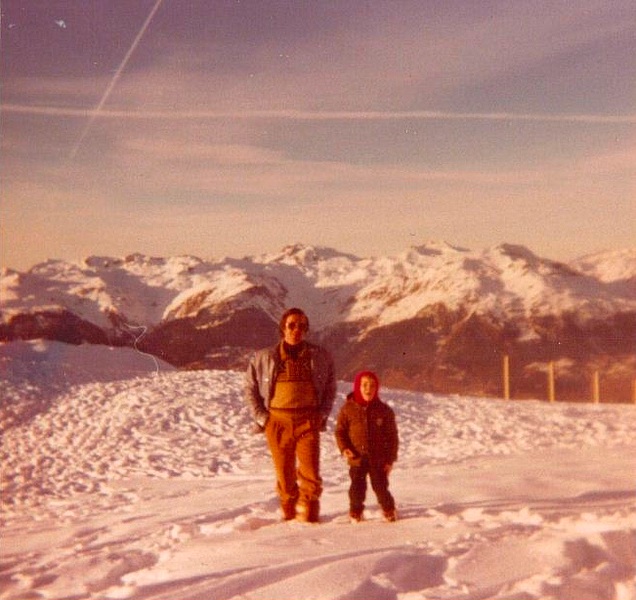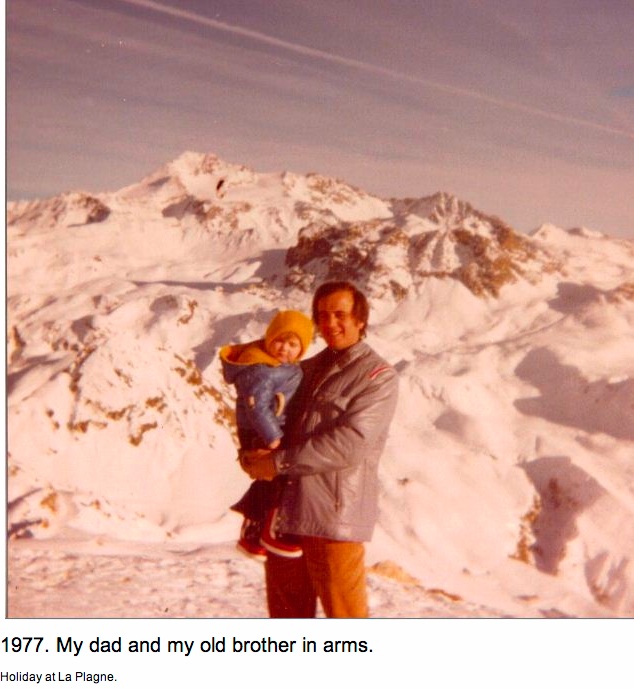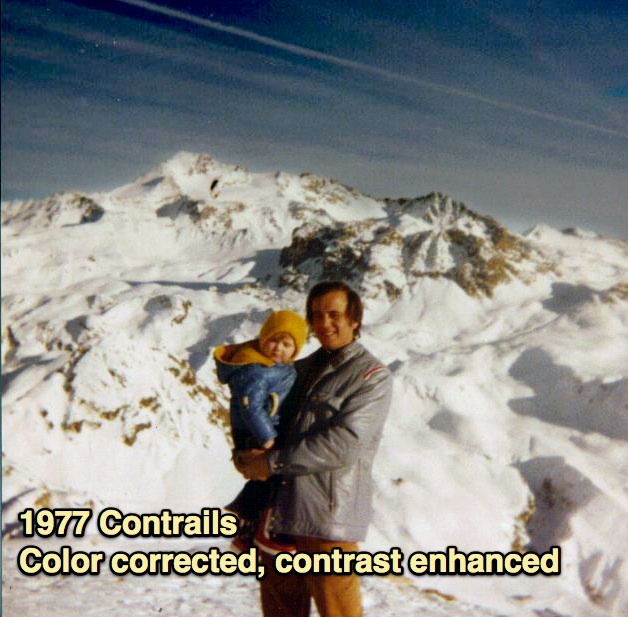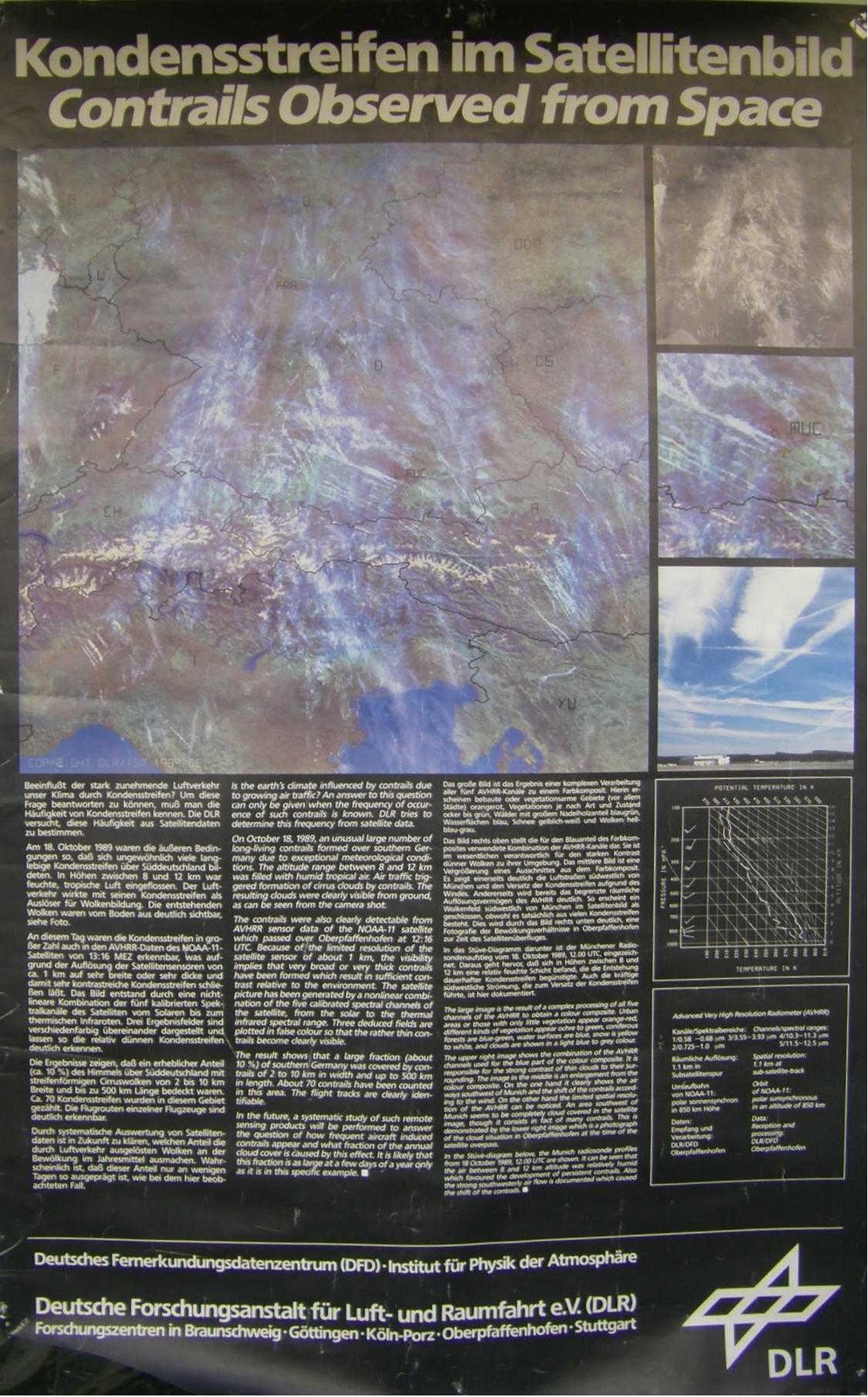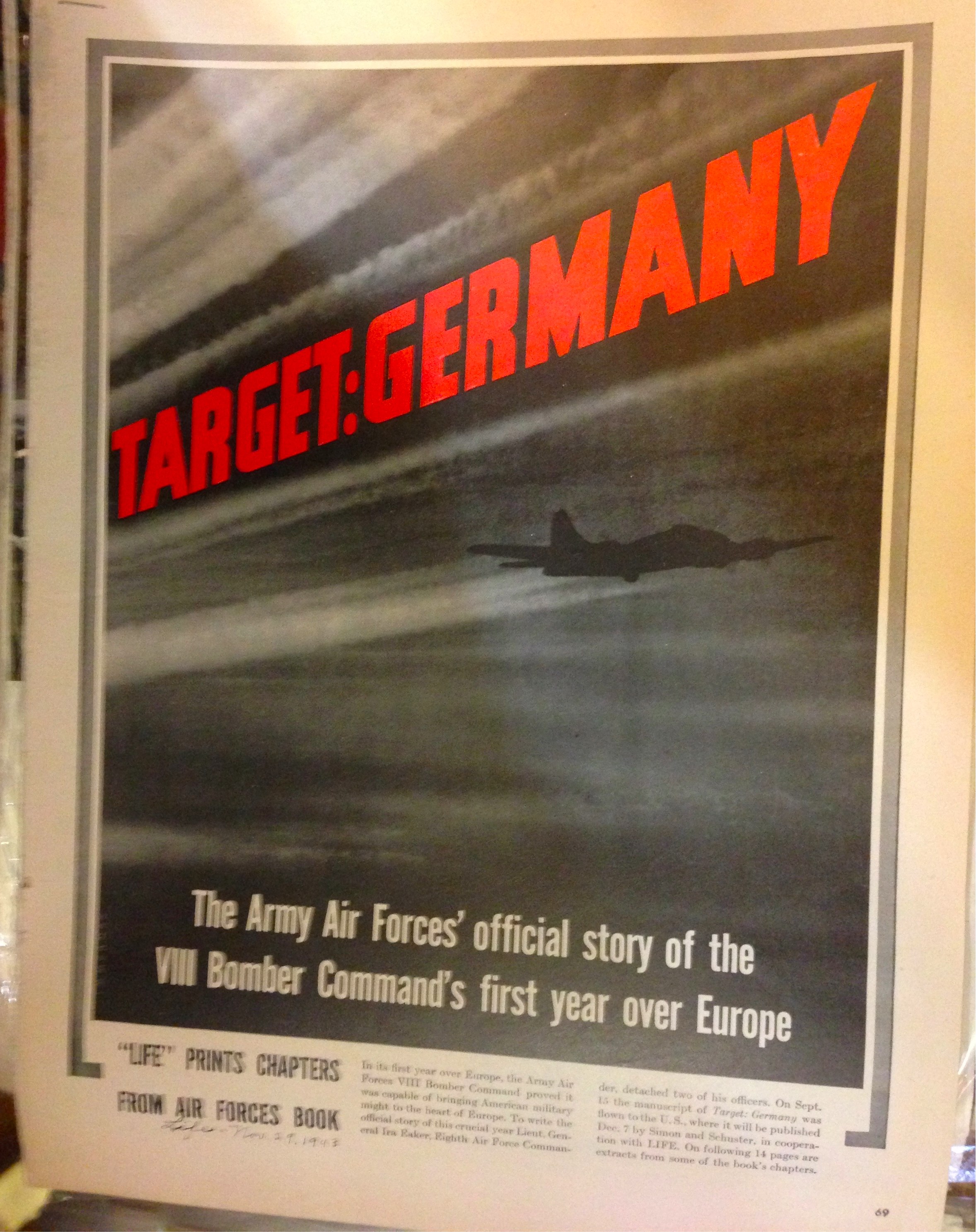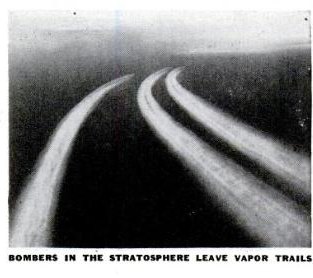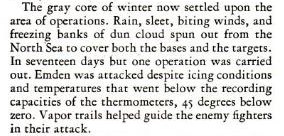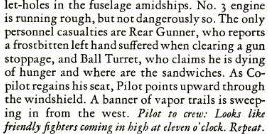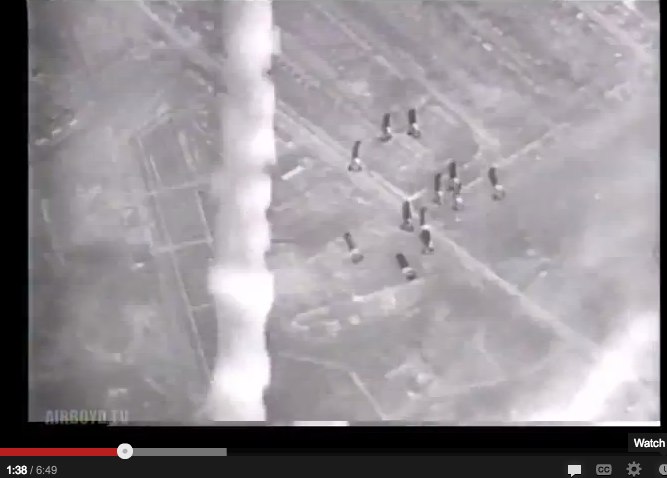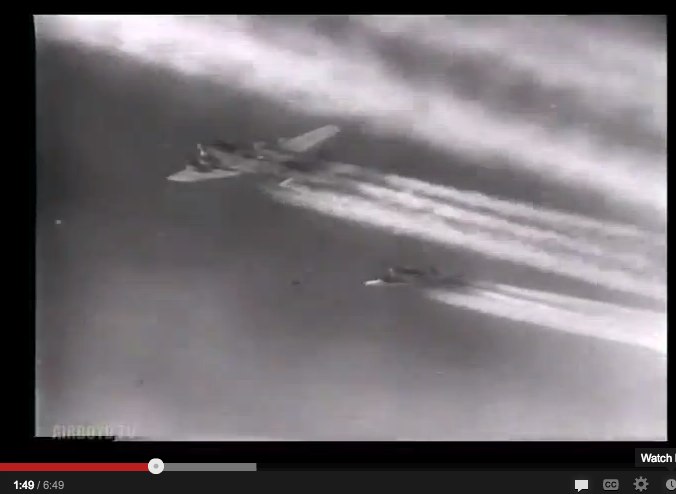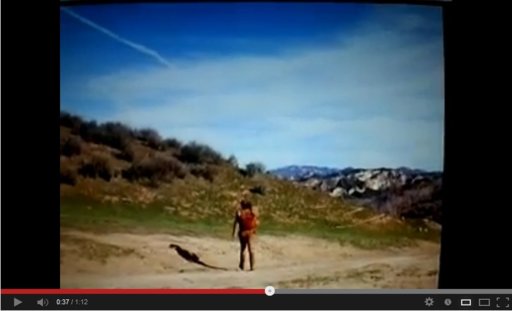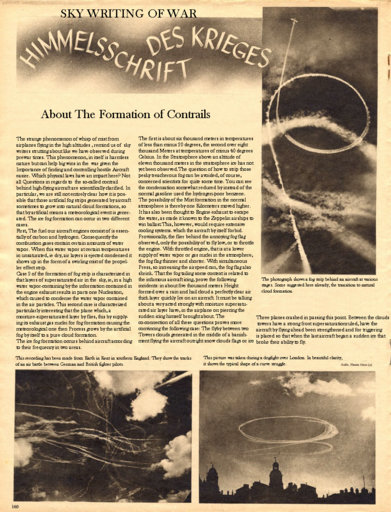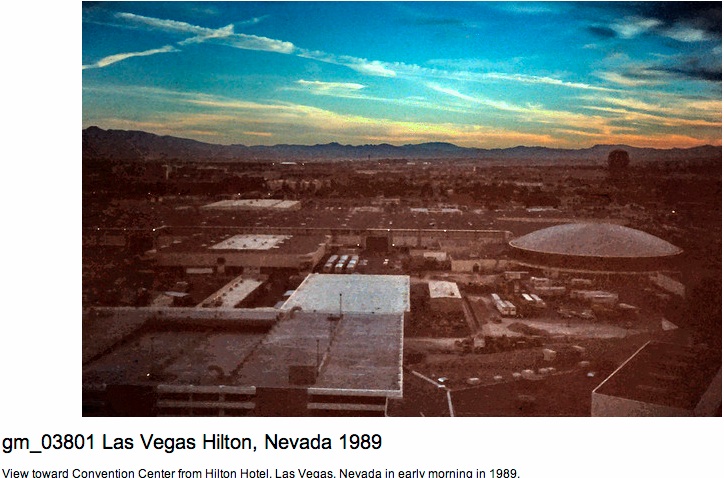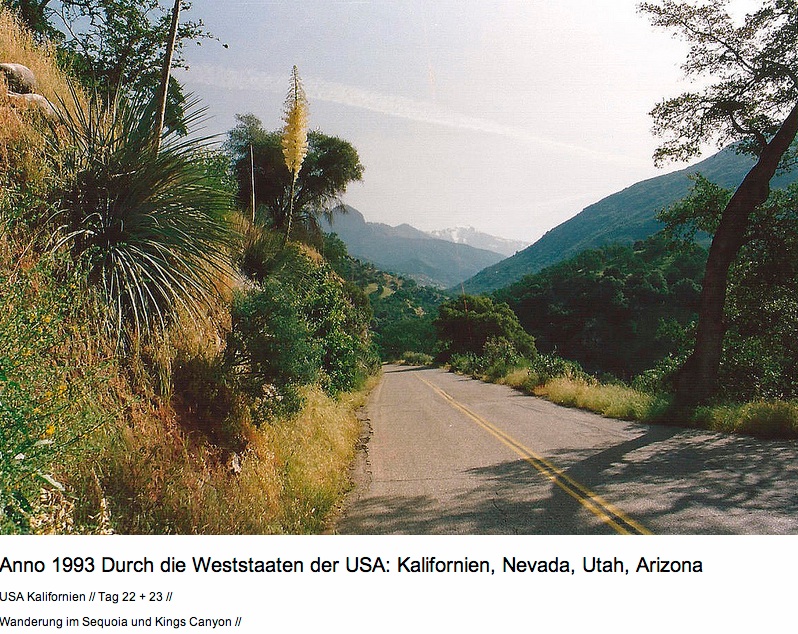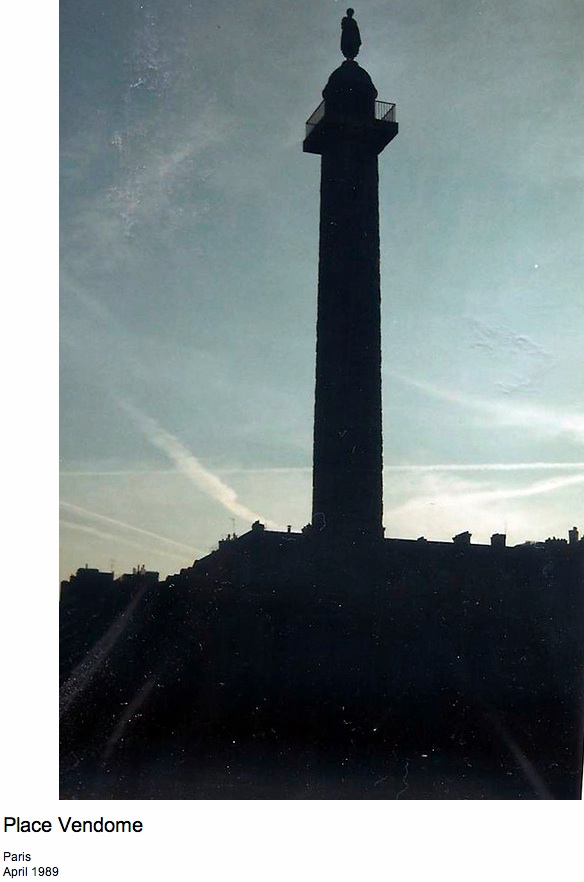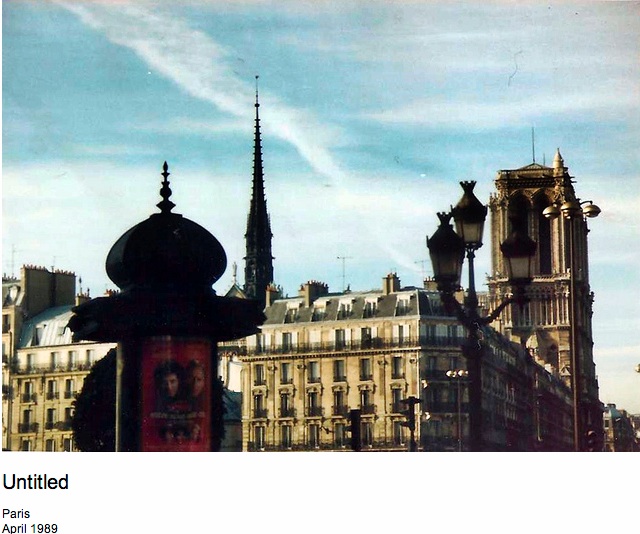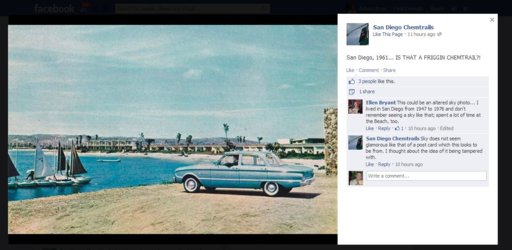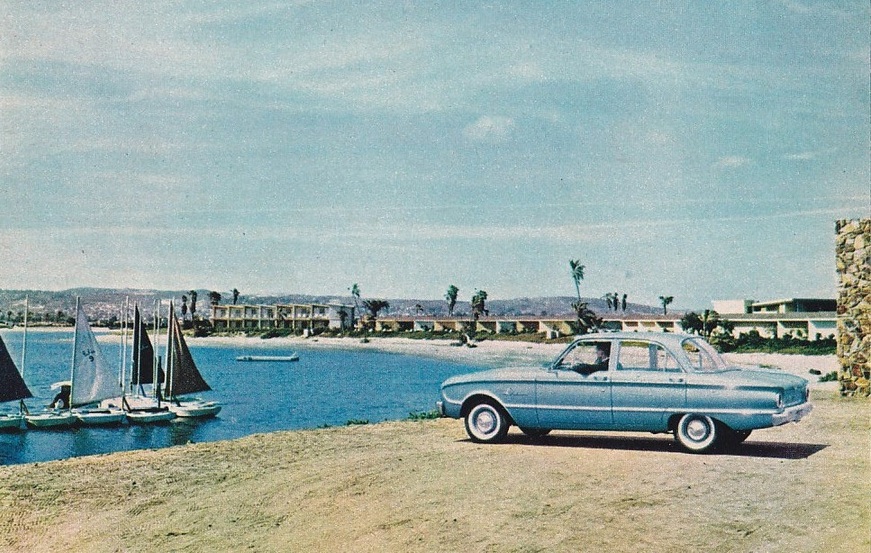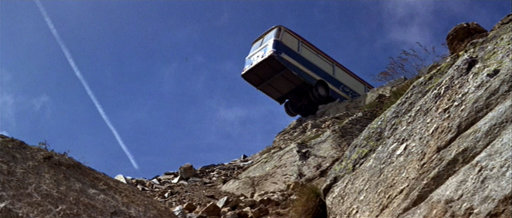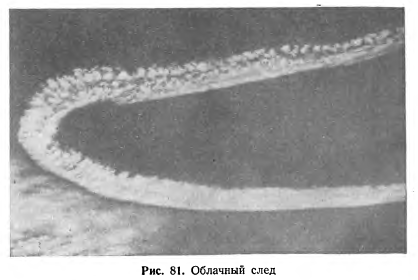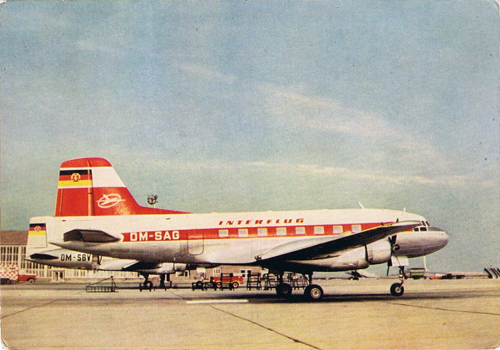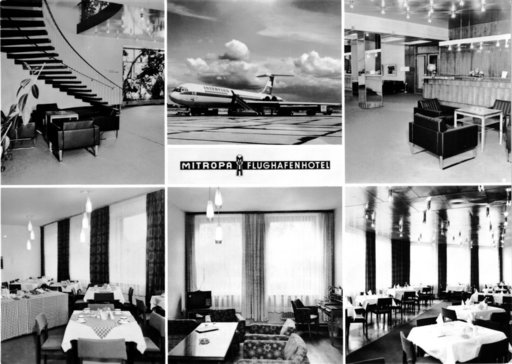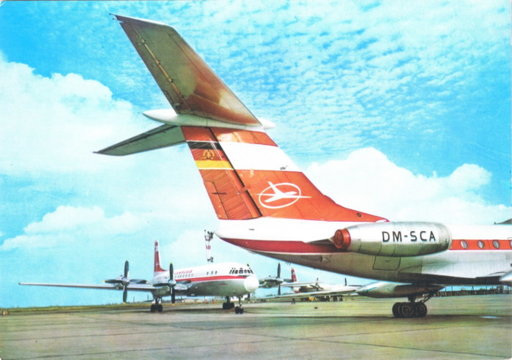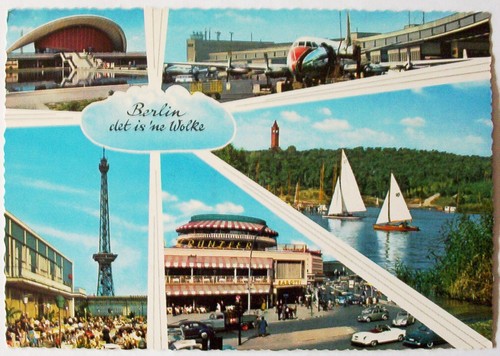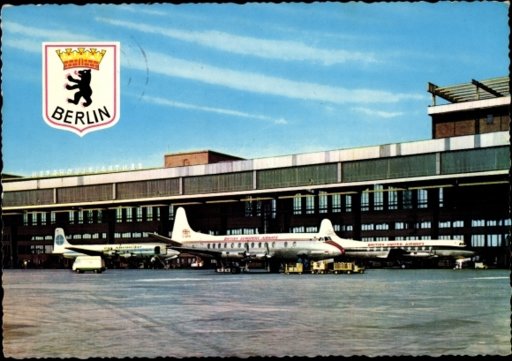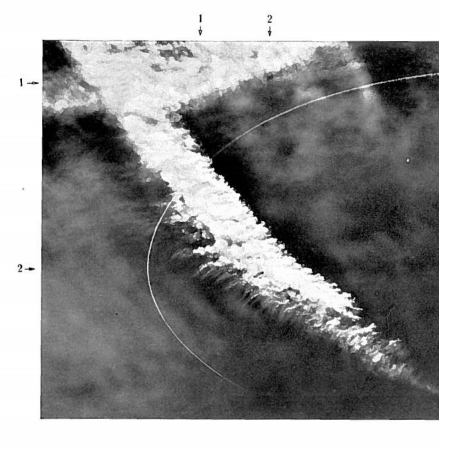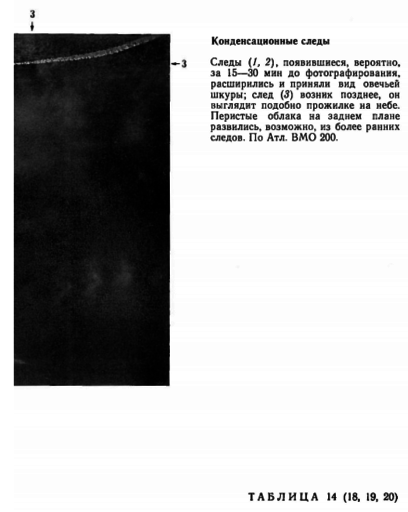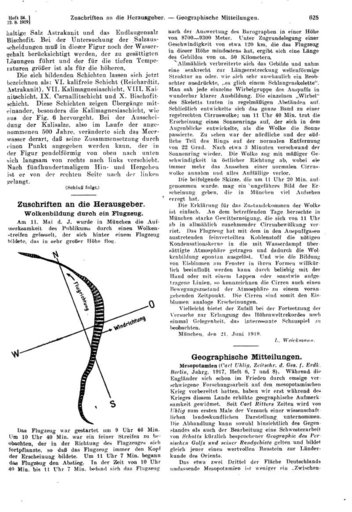These are two great ones...
Number one: From the german Nazi-Propaganda Magazine "Der Adler", Year 1941, Number 6
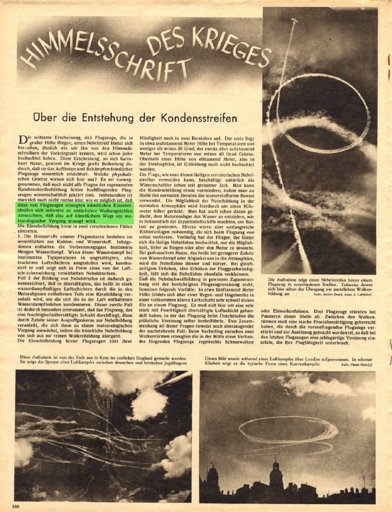
The title means "Skywriting at war" and the article discripes, how contrails are formed and that they could be used to find the Airplanes of the enemy.
Number Two: Script of a Scientific Lession for "german Academy for Aviation-Science (1940)".
The Article´s name is "Die Entstehung von Eisnebeln aus den Auspuffgasen von Flugmotoren"
(The formation of icy-clouds due to Evapurations of Airplane-Engines)
This is a more scientific analysis how contrails are made and under what conditions they stay permanemt. Compareable to the "Color of Clouds"-Book from 1972. Take a look to this graph, showing under wich conditions contrails are persistant;
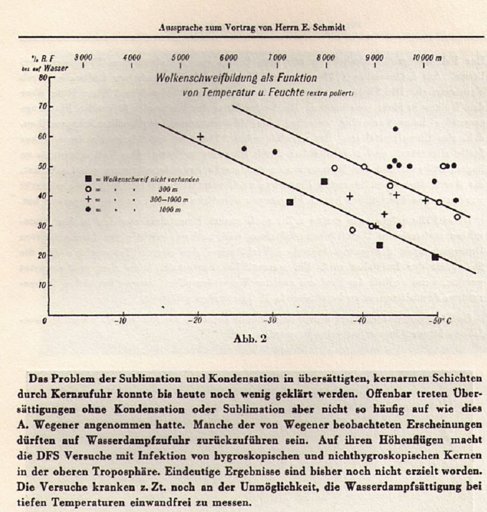
"Wolkenschweife" means "contrails".
X-Axis is temperatur in celsius. Y-Axis is relative humidity.
Black squares are Flligths without any contrail.
Circles are Fligths with a short contrail under 300 meter
"+"-Sings are Contrails between 300 and 1000 meters
black circles are contrails longer than 1000 meters
Some other captures from this early WW2-Paper:
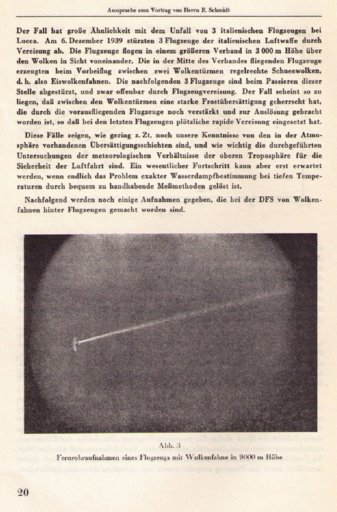
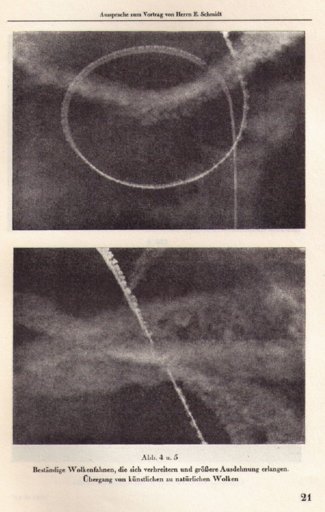
You can donwload the PDFs to both articles here:
First Article:
Der Adler, 1941 Heft 6, Über die Entstehung von Kondensstreifen
http://chemtrail-fragen.de/der_adler_1941_heft_6_ueber_die_entstehung_von_kondensstreifen.pdf
Second article:
Die Entstehung von Eisnebel aus den Auspuffgasen von Flugmotoren
Ernst Schmidt, 1940, Deutsche Akademie der Luftfahrtforschung
http://chemtrail-fragen.de/ernst_schmidt_1940_deutsche_akademie_der_luftfahrtforschung.pdf
Somebody who has better english-skills than me should translate these documents from World-war-2.

